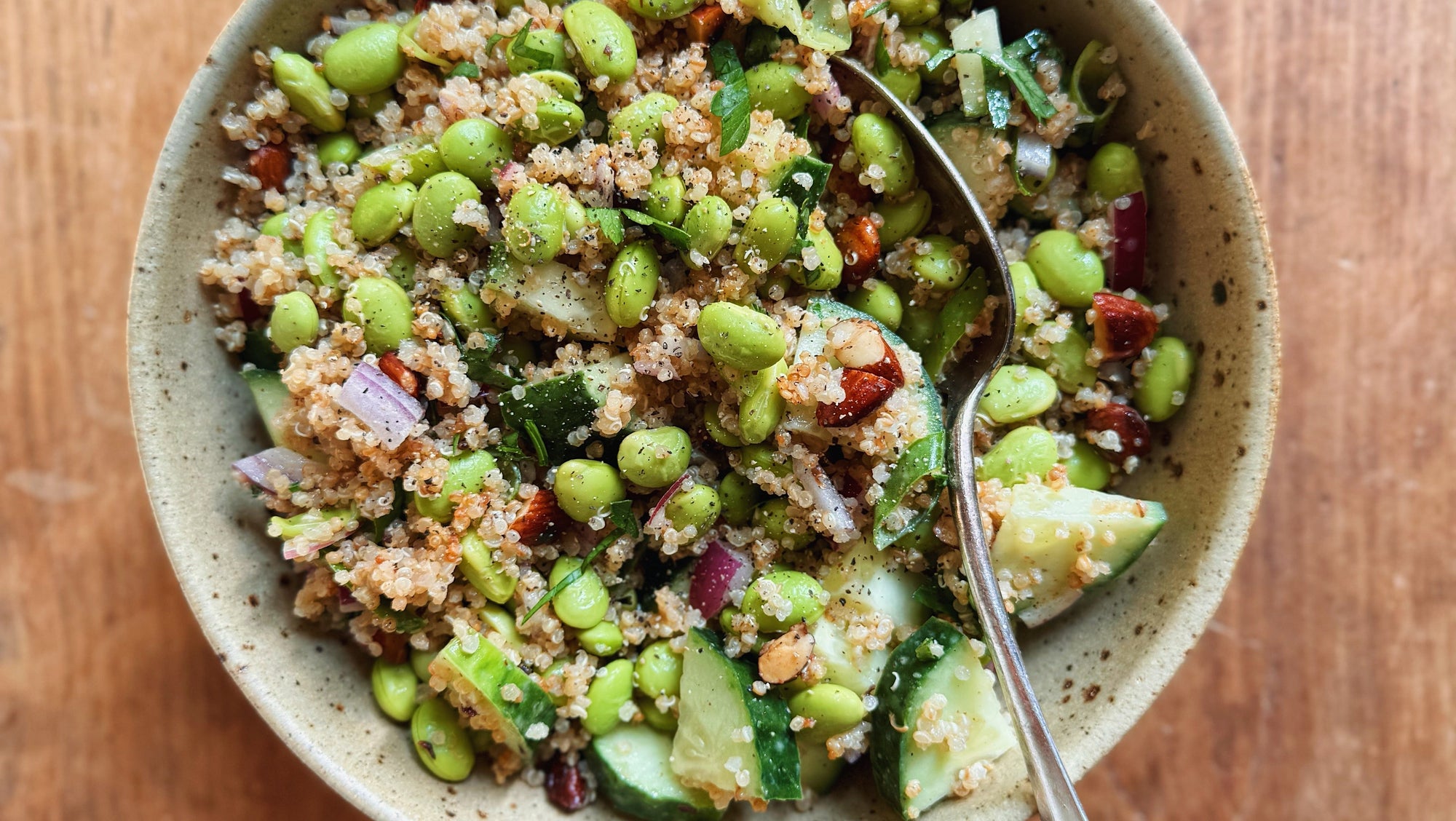We love adding inclusions to our Basic Sourdough Boule to mix things up and add interest to a classic loaf. Some examples of inclusions are dried fruit, olives, seeds, nuts, cheese, and herbs.
A good rule to follow is to use Baker's Percentages when calculating how much of the chosen inclusion to add to your loaf. We like to start with 20% and increase or decrease if necessary.
An example of this would be an olive loaf. The amount of flour in the Basic Sourdough Boule recipe is 1000 grams so you would, therefore, add 200 grams of olives to your dough (1000 grams x 20% = 200 grams).
Now that you have calculated the weight of the inclusions you are adding to the loaf you are ready to begin mixing.
We recommend adding the inclusions when you perform the third fold. This is for two main reasons. First of all, waiting until the third fold gives the dough times to develop its gluten strength without being hindered by the inclusions. Some inclusions will tear at the gluten strands, which can weaken them. Second, adding them any later will deflate the dough too much and there won't be enough time after for it to bounce back.
The process for mixing your dough and adding inclusions should be as follows:
1. Combine flour, water, and sourdough starter and mix until combined. Let sit for 30 minutes.
2. Add salt and a small amount of water and mix until incorporated. Perform first fold and let sit for 30 minutes.
3. Perform second fold and let sit for 30 minutes.
4. Before you perform the third fold add the inclusions and squeeze into the dough the same way you added the salt. Do not worry if they are not very evenly distributed as the next folds will mix them in even further. Perform the third fold and let sit for 30 minutes.
5. Continue on with folds and rests and shape as you would the Basic Sourdough Boule. Baking is the same but note that you may need to increase the length of time if you have inclusions that contain a lot of moisture. Checking the internal temperature is recommended if you are unsure. The temperature should be between 190°F and 200°F.
Note: if you are adding an ingredient that has a lot of moisture in it, it is a good idea to lower the amount of water in your dough itself. This will ensure that your loaf is not flat. Olives are a good example of ingredients with high amounts of moisture.
Find the rest of our sourdough baking resources here.



Comments
Hi,
Do you have to make any adjustments to the other percentages in the recipe to make up for adding, say seeds or nuts, into the basic dough, or can the basic dough cope with any additions up to 20%? Cheers. Thanks for the detail in the information. S.
Do you have to adjust any of the other percentages to make up for the increase in additions? Or is it ok to just use a regular basic recipe and then add in 20% more of something without altering the rest of the recipe?
Hi Alizee! Yes! That is when we would add the inclusions for a no-knead loaf too!
Would you use the same ratio for inclusions in a quick no-knead dutch oven kinda bread? What would be the right time to add the inclusions then?
Thank you very much!